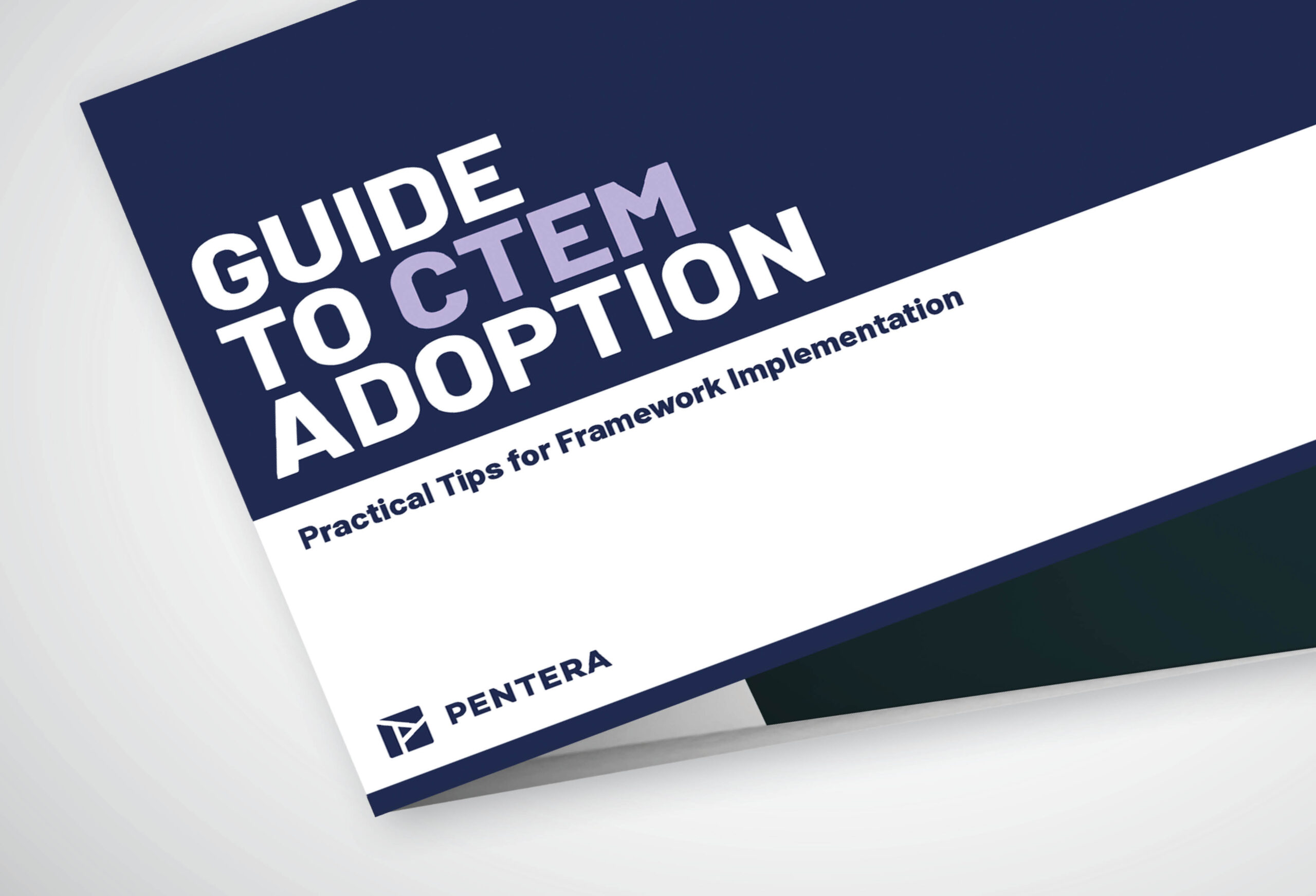What is Open Source Intelligence?
Open Source Intelligence (OSINT) is a term that refers to the process of gathering, analyzing, and interpreting information from publicly available sources to inform decision-making processes. Sources can include news outlets, websites, social media platforms, public databases on more, depending on the situation. Open Source Intelligence is frequently leveraged by cybersecurity teams to gain insights into developments in the threat landscape so that they can proactively defend against evolving threats.
How does Open Source Intelligence work?
Open Source Intelligence works by leveraging information from publicly available sources. During this process, security analysts leverage a variety of technologies to facilitate information gathering, including data mining software, web scraping tools, and web and social media monitoring platforms.
Once this raw data is collected, it is then processed. This involves verifying the relevance of the information and corroborating it across a variety of different sources. When refined, the data is then analyzed so that security teams can extract actionable intelligence with which to inform their decision-making processes.
OSINT is frequently utilized during Automated Penetration Testing to gather publicly available information that may reveal vulnerabilities.
How is Open Source Intelligence used?
Security teams can leverage Open Source Intelligence for various purposes. The following are some of the most common uses of OSINT in cybersecurity:
- Threat intelligence: Security teams can leverage OSINT to collect information about emerging threats as well as the tactics, techniques, and procedures (TTPs) that are being widely used by attackers. This can help to facilitate better threat detection and response.
- Vulnerability assessment: Organizations can utilize Open Source Intelligence feeds to find out about publicly disclosed vulnerabilities. This can enable security teams to carry out updates and patches early on to remediate vulnerabilities preemptively.
- Attack surface enumeration: Since cyber adversaries are known to use publicly available sources to conduct cyber reconnaissance, leveraging OSINT can help organizations map their digital footprint and identify the potential attack vectors that make up their external attack surface.
What is the difference between passive versus active OSINT?
Passive OSINT refers to the act of collecting information from publicly available sources without direct interaction with other parties. This can include non-intrusive processes like web monitoring, social media monitoring, websites, and accessing publicly available databases.
Active OSINT, on the other hand, relates to information-gathering methods which involve direct interactions. This encompasses a range of activities, including interacting with users on social media or online forums, carrying out interviews, or conducting surveys or polls to gain security insights.
What are the benefits and challenges of Open Source Intelligence?
The primary benefits of Open Source Intelligence are the following:
- Comprehensive insights: Since OSINT involves collecting and aggregating data from a wide variety of public sources, it can contain an array of valuable insights related to known threats, vulnerabilities, and techniques.
- Access to relevant, up-to-date information: OSINT feeds allow security analysts to gain rapid, real-time access to the latest updates on developments in the threat landscape, which can help to improve vigilance and responsiveness to current threats.
- Cost-effectiveness: Many OSINT tools are free to use, and since they rely on publicly available data, it is a highly cost-effective way to gather information.
Conversely, the following are some of the main challenges of OSINT:
- Processing: Leveraging OSINT requires analysts to process and analyze vast swathes of information, a good amount of which could be irrelevant or unusable, and this can be a time-consuming affair at times.
- Accuracy: Information from public sources needs to be corroborated and put into context in order to be considered useful. This means extensive verification is required to avoid falling victim to misinformation or disinformation.
- Legal and ethical considerations: While OSINT leverages publicly available information sources, analysts must take care to use OSINT ethically and in compliance with data protection regulations and standards.
Leveraging OSINT for a stronger security posture
With the threat landscape constantly shifting, organizations need to do all they can to stay a step ahead of attacks, and Open Source Intelligence can be a valuable tool to help them in this endeavor. While it comes with some inherent challenges, the benefits of OSINT are considerable, as it can help to inform decision-making and enhance detection and response capabilities. By leveraging OSINT effectively, organizations can gain meaningful, actionable insights about known vulnerabilities and emerging threats so as to stay proactive in defending their vital assets.
What tools and techniques are used in Open Source Intelligence work?
There are a variety of tools and techniques used in OSINT. These include web scraping, data mining, social media, and web monitoring tools, as well as specialized OSINT platforms.
What are the types of information available in Open Source Intelligence?
OSINT provides access to a wide array of publicly available information sources. These include news articles, social media content, industry reports, and public databases.
What are the legal and ethical considerations in Open Source Intelligence?
The legal and ethical considerations of OSINT revolve primarily around data protection and consent. When leveraging OSINT, organizations must take care to respect the privacy of individuals and to avoid the unauthorized collection or use of sensitive information so as not to violate regulations and standards.



